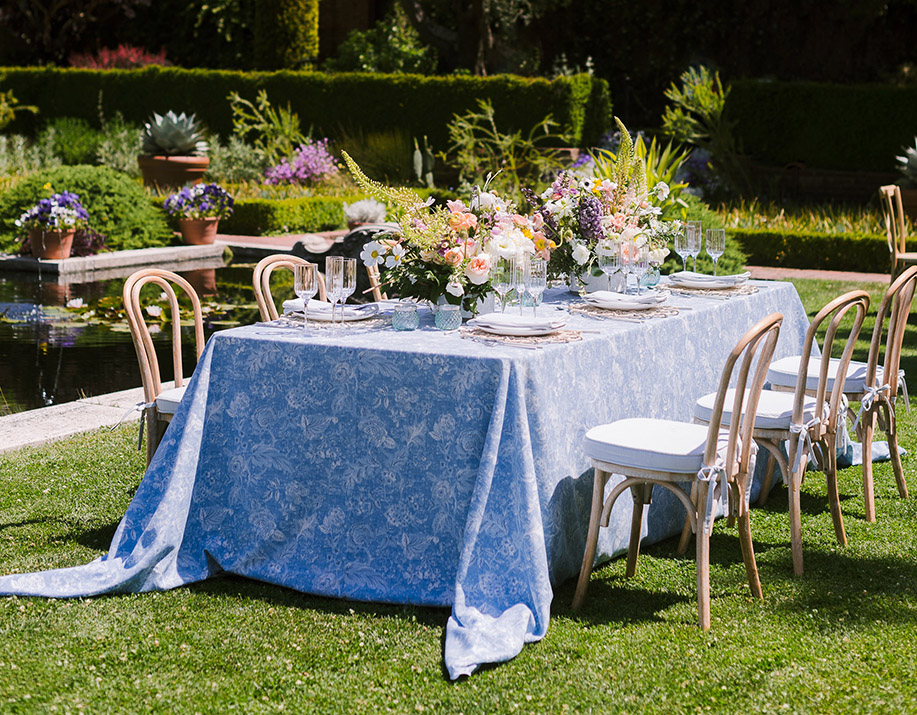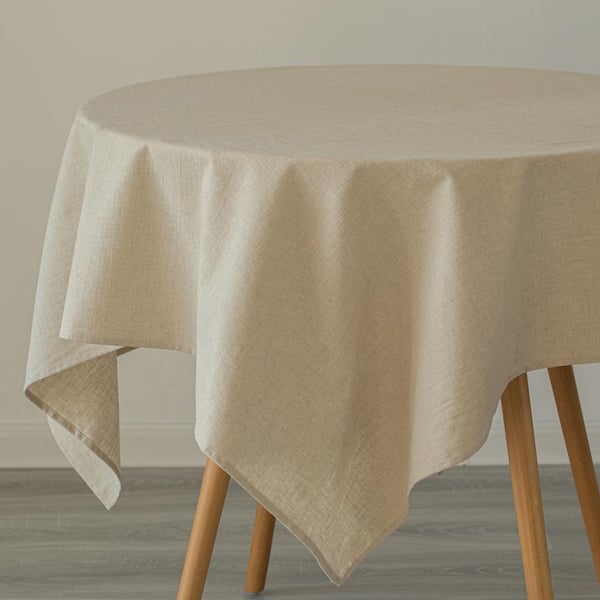Just how to Pick the Perfect Table Runner for Your Table
Just how to Pick the Perfect Table Runner for Your Table
Blog Article
Linen Material Advancements: Checking Out Modern Trends and Creative Applications in Style and Fabric Industry
From lasting manufacturing approaches to cutting-edge weaving modern technologies, the evolution of linen is reshaping the landscape of the fabric market. As we dig into the realms of imaginative design applications and the introduction of linen blends and crossbreed textiles, a new phase unravels in which bed linen's role in future textile advancements takes facility stage.
Sustainable Practices in Linen Production
Sustainable methods in linen production have actually come to be progressively critical in the textile industry's efforts to minimize environmental impact and advertise moral sourcing methods. Bed linen, an all-natural fiber originated from the flax plant, offers a variety of benefits such as sturdiness, biodegradability, and breathability. Nevertheless, traditional techniques of linen production can involve considerable water usage, pesticide usage, and energy-intensive procedures.
To deal with these challenges, many fabric manufacturers are embracing sustainable practices throughout the linen production procedure. This consists of sourcing flax from natural ranches that stay clear of dangerous chemicals and chemicals, implementing water-efficient retting techniques to extract fibers from the flax stalks, and using environment-friendly dyes and coatings. Additionally, some companies are buying sustainable power resources to power their manufacturing facilities and reducing waste through recycling and upcycling efforts.
Technological Improvements in Linen Weaving
With the growing focus on sustainable methods in linen production, the textile market is currently witnessing a rise in technological developments particularly focused on transforming the art of bed linen weaving. These advancements are reshaping the means bed linen materials are produced, supplying increased effectiveness, top quality, and imagination in weaving strategies.
Among the vital technical improvements in linen weaving is the integration of electronic looms. These advanced looms are geared up with software program that permits for complex and complicated styles to be woven with precision. By digitizing the weaving process, manufacturers can attain better uniformity and accuracy in their bed linen fabrics.
Additionally, improvements in yarn spinning modern technology have actually made it possible for the production of finer and even more durable bed linen yarns - table cloths. This results in softer and smoother linen materials that keep their high quality also after several uses and washes
Furthermore, the development of environment-friendly dyeing procedures and coatings for linen textiles is acquiring traction. These sustainable practices not just decrease the environmental influence yet also provide to the boosting consumer demand for fairly produced textiles.
Creative Style Applications for Linen
Innovative artistic approaches are significantly forming the innovative style applications for linen in the textile market. Linen's all-natural aesthetic appeal and ability to blend with other textiles make it a favorite selection for producing distinct garments and devices that provide to the environmentally mindful consumer.
In addition, designers are exploring with bed linen in home decoration, using its breathable and durable nature to craft trendy furnishings such as drapes, bedding, and upholstery. The appearance and drape of bed linen bring a feeling of sophistication and convenience to interior areas, including a touch of beauty to contemporary homes.

Bed Linen Blends and Hybrid Fabrics
:max_bytes(150000):strip_icc()/best-tablecloths-fw-FT-AFF1122-702aafd872a649dfaa0f1d1d0ffd171c.jpg)
Crossbreed fabrics, on the other hand, take the principle of blending a step further by including extra elements such as metallic strings, recycled products, or conductive fibers. These ingenious textiles not just broaden the design opportunities however also present functional facets like conductivity, antimicrobial buildings, or improved resilience. Crossbreed materials are increasingly being used in various markets, including style, interior decoration, and technical fabrics, where the demand for multifunctional products is on the increase.
Linen's Function in Future Fabric Innovations

In the world of future textile advancements, bed linen is expected to be a principal in the advancement of advanced practical materials. Scientists and designers are exploring methods to improve linen's integral qualities with technological advancements, such as incorporating wise fabrics, nanotechnology, and efficiency surfaces. These developments intend to elevate linen's performance attributes, making it ideal for a more comprehensive series of applications, from activewear to safety clothes.
Furthermore, the combination of bed linen with other natural go to the website or synthetic fibers opens up unlimited opportunities for producing unique textiles with distinct properties and functionalities. By leveraging linen's characteristics and exploring innovative blends, the textile sector is positioned to present interesting advancements that accommodate progressing consumer needs and sustainability requirements.
Verdict
In verdict, the expedition of sustainable practices, technical innovations, imaginative style applications, linen blends, and its role in future fabric technologies highlight the constant development of linen textile in the contemporary style and textile sector. With a focus on development and creativity, the versatility and eco-friendly nature of bed linen make it an important material for developers and makers alike, leading the means for additional developments and innovations in the field of fabrics.
As we dig into the worlds of creative layout applications and the development of linen blends and crossbreed fabrics, a brand-new chapter unravels in which linen's duty in future textile technologies takes center phase.
Checking out the blend of linen with various other fabrics has actually led to the emergence of cutting-edge blends and check my site hybrid fabrics in the contemporary textile industry. Linen blends supply a distinct mix of the qualities of bed linen with those of other fibers, resulting in materials that have enhanced residential or commercial properties such as raised resilience, boosted draping, and reduced wrinkling.The development of bed linen blends and hybrid textiles has set the phase for Linen to play a critical function in driving future textile technologies.In the realm of future fabric innovations, bed linen is anticipated to be a vital gamer in the development of advanced functional textiles.
Report this page